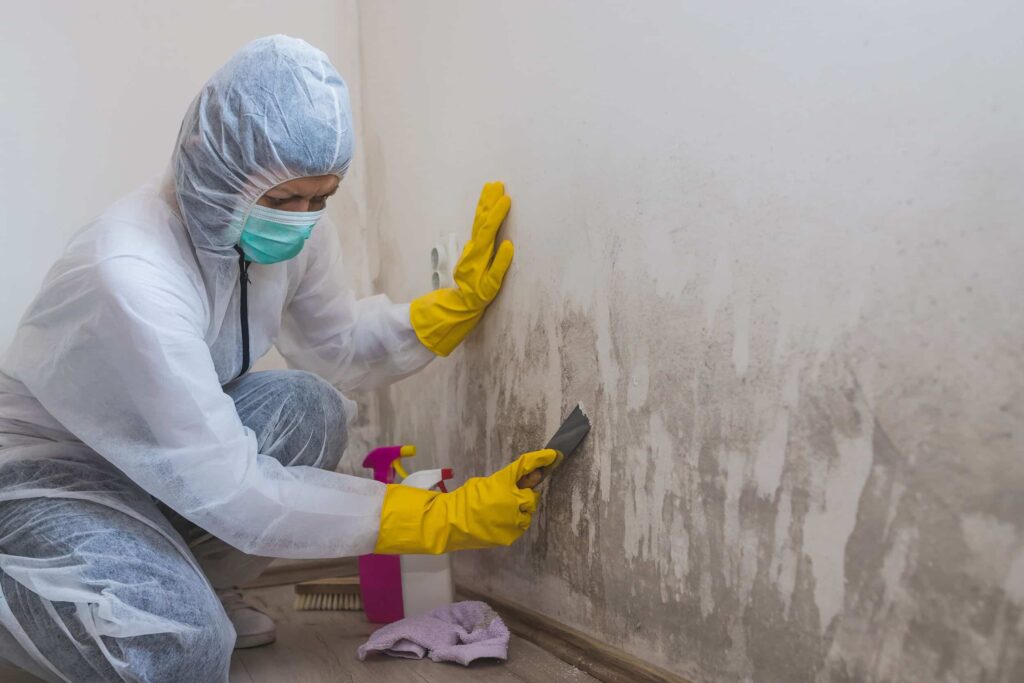Mold Testing Services Houston TX offer homeowners a convenient and cost-effective way to test for mold contamination in their homes.

These kits typically include everything needed to collect samples, such as swabs, petri dishes, or air sampling cassettes, along with instructions for sample collection and analysis. While DIY mold testing kits can provide preliminary results, it’s essential to understand their limitations and how to use them effectively.
Availability of DIY Mold Testing Kits in Houston
DIY mold testing kits are readily available in hardware stores, home improvement centers, and online retailers throughout Houston. These kits come in various forms, including surface sampling kits, air sampling kits, and comprehensive mold testing kits that combine multiple testing methods.
How DIY Mold Testing Kits Work
The process of using a DIY mold testing kit typically involves the following steps:
- Purchase a Kit: Select a DIY mold testing kit that meets your needs and budget. Read the instructions carefully to ensure you understand the sampling methods and procedures.
- Collect Samples: Follow the instructions provided with the kit to collect mold samples from different areas of your home. Surface sampling kits may include swabs or tape strips for collecting samples from visible mold growth, while air sampling kits use cassettes or pumps to collect airborne mold spores.
- Submit Samples for Analysis: Once you’ve collected the samples, package them according to the kit instructions and send them to a certified laboratory for analysis. Some kits may include prepaid shipping labels or instructions for sending samples to a specific laboratory for analysis.
- Receive Results: Depending on the kit and laboratory processing times, you will receive the results of the mold analysis within a few days to a couple of weeks. The results will indicate the presence or absence of mold, as well as the types and concentrations of mold spores detected.
Pros and Cons of DIY Mold Testing Kits
Pros
- Affordability: DIY mold testing kits are generally more affordable than hiring professional mold testing services.
- Convenience: DIY kits allow homeowners to collect samples at their convenience without scheduling appointments or waiting for technicians to arrive.
- Preliminary Assessment: DIY kits can provide homeowners with a preliminary assessment of mold contamination levels, helping them determine if professional remediation is necessary.
Cons
- Limited Accuracy: DIY mold testing kits may not provide as accurate or comprehensive results as professional testing conducted by certified experts.
- Limited Expertise: Homeowners may lack the expertise to interpret the results accurately or identify potential mold problems that require professional attention.
- Incomplete Analysis: DIY kits may only test for certain types of mold or specific areas of the home, potentially missing hidden mold growth or other sources of contamination.
Tips for Using DIY Mold Testing Kits Effectively
To maximize the effectiveness of DIY mold testing kits, consider the following tips:
- Follow Instructions Carefully: Read and follow the instructions provided with the kit precisely to ensure accurate sample collection and analysis.
- Sample Multiple Areas: Collect samples from multiple areas of your home, including areas with visible mold growth and areas prone to moisture problems.
- Consider Additional Testing: If DIY test results indicate mold contamination, consider hiring a professional mold testing company for a more comprehensive assessment.
- Use Protective Gear: Wear appropriate protective gear, such as gloves and a mask, when collecting mold samples to minimize exposure to mold spores.
Alternatives to DIY Mold Testing Kits
While DIY mold testing kits can provide preliminary results, they may not be suitable for all situations. Alternatives to DIY testing include:
- Professional Mold Testing: Hiring a certified mold testing company to conduct thorough testing and analysis of your home’s indoor air quality.
- Visual Inspection: Conducting a visual inspection of your home for signs of mold growth, water damage, or musty odors.
- Moisture Detection: Using moisture meters or thermal imaging cameras to detect areas of high humidity or moisture intrusion that may contribute to mold growth.
Conclusion:
Mold Testing Services Houston TX offer homeowners a convenient and affordable option for testing for mold contamination in their homes. While these kits can provide preliminary results, it’s essential to understand their limitations and consider alternative testing methods for a more comprehensive assessment of indoor air quality. By following the tips outlined in this guide, homeowners in Houston can effectively use DIY mold testing kits to protect their homes and families from the dangers of mold.
Mold Testing Houston- North Loop
2950 N Loop W #500, Houston, TX 77092, United States
1-832-409-2125
